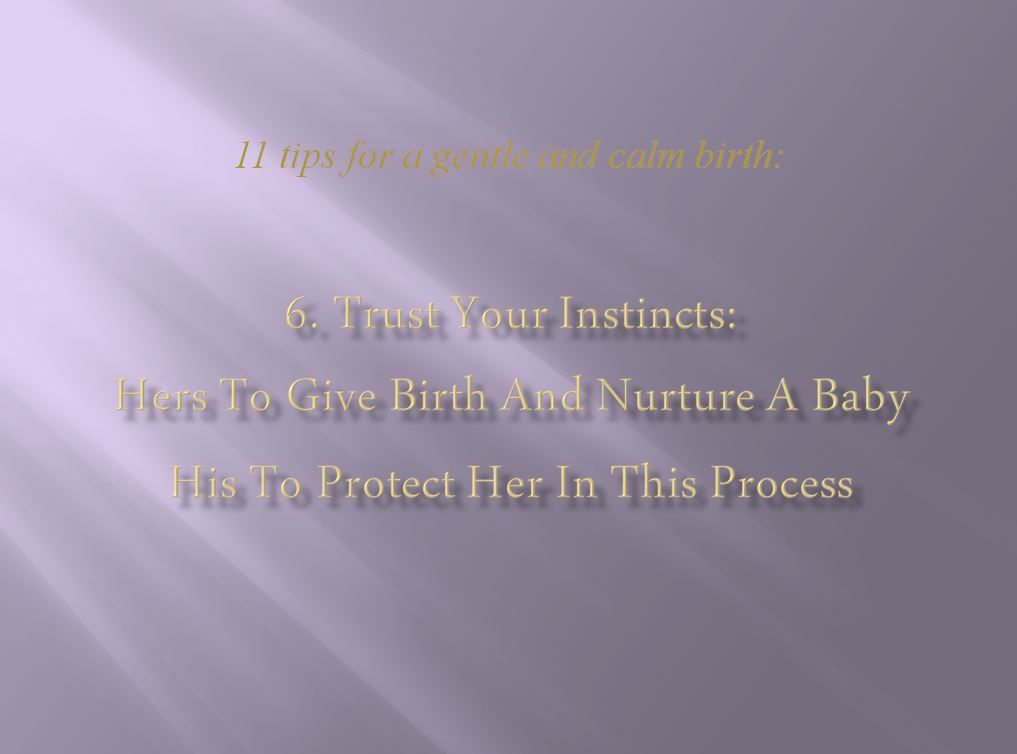The fame of Hypnobirthing is spreading fast by word of mouth, simply because it works so well, and that’s how it has always spread.
Probably the person accredited with the origin of the term Hypnobirthing is Michelle Leclaire O’Neill in 1987 [www.leclairemethod.com], who authored books on the subject including “Hypnobirthing the Original Method”. Her work was based partly on previous research be English obstetrician Dr. Grantly Dick Reid.
Another follower of Dick Reid was Marie Mongan, who when she had her first baby, practiced Dick-Reed’s techniques and became a convert.
Mongan’s story makes interesting reading. She had her first baby in hospital as was the generally accepted practice in America, then as now, and when she arrived she announced to the nurse that she was planning to have a natural birth. With a superior smirk the nurse maintained that she would ‘soon be screaming like the rest of them’ and left her alone in a room with a clock so that she could ‘time her pains’. Husbands certainly were not allowed.
Marie used the techniques she had practiced and eventually felt the need to push, so she rang the bell for the nurse who came and announced that she couldn’t possibly want to push yet. Grudgingly she examined her, and saw the baby’s head beginning to emerge. At this point it was the nurse who panicked, told Marie to cross her legs and pant, bundled her onto a trolley, and rushed her down the corridor to the delivery room where she was transferred to a hard surgical couch, legs put in stirrups, and wrists strapped to the couch. A chloroform mask was placed on her face, and the next thing she knew was that she came round and there was a baby lying in a cradle beside her with forceps marks on his head. She had simply been caught up in the hospital protocols of the day.
She was a mixture of furious, disappointed and upset, and then exactly the same thing happened when her second baby arrived.
By the time she was pregnant for the third time she was wise to the ways of current obstetrical practice and insisted that her obstetrician give orders that she be allowed to birth in the natural way that she had planned. With the knowledge that she has gained since she would probably have opted for a home birth. The obstetrician agreed, and then she dropped the bombshell that she wanted to have her husband there too. In those days this was completely unknown, but she stuck to her guns and eventually obtained permission.
When she went into labour, she found people coming and looking round the door of her room to see this strange phenomenon of a woman who planned to give birth naturally, and that was exactly what she did. Her daughter was born in a calm and natural delivery with no drugs and no pain.
When that daughter grew up and became pregnant, Marie taught her what she had done for her own birth and, in addition, the hypnotherapy birth techniques that she had subsequently learned, and it worked again. Her daughter gave birth calmly and naturally with no drugs and no pain. Of course all her friends were of an age to be having babies, and they wanted to know about these wonderful and effective techniques too, so Marie taught them. And so it spread, and spread, and spread by word of mouth, simply because women wanted it because it worked.
That was sixteen years ago in America. Marie founded the Hypnobirthing institute, and it continued to spread throughout America and Canada. Then about six years ago Marie came to England and taught, and the effect was exactly the same. It spread by word of mouth because it works and women want it. And that’s how it still spreads, which is the best way of all, and the hypnosis for birth is causing a positive revolution in the practice of childbirth in this country, and in the expectations and experience of pregnant women.
Copyright The Hypnobirthing Centre 2007


